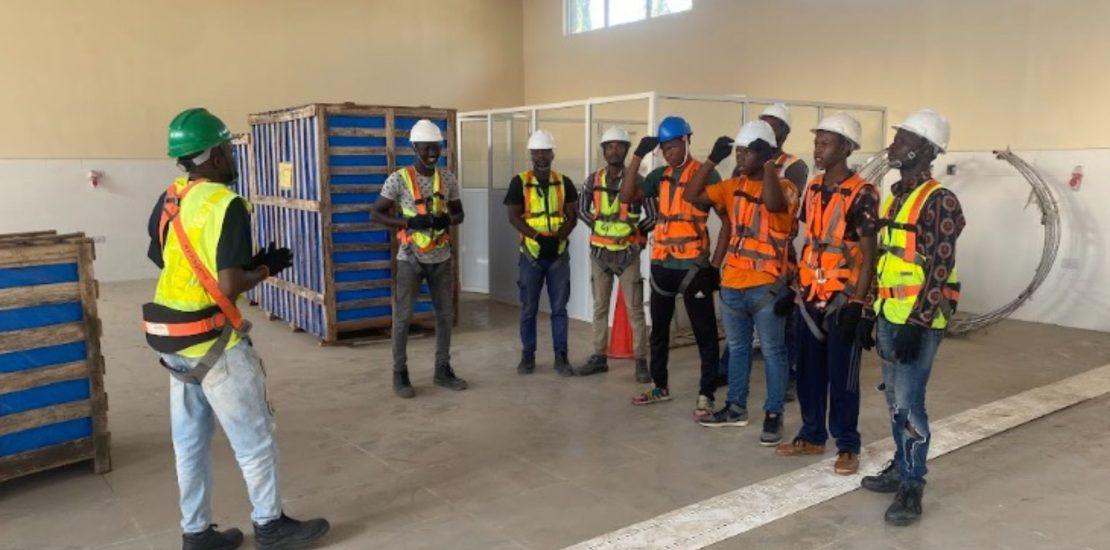- October 28, 2025
- Posted by: Havenhill
- Category: Blog

When a solar site is done badly, it shows: panels shading each other, cables overheating, or systems that constantly break down. A skilled project engineer prevents those issues by turning designs into reliable systems on the ground; coordinating procurement, supervising construction, and ensuring the system works for the long haul.
What project engineers actually do
Project engineers are the technical leads during execution. They review designs, produce or verify technical drawings, manage bills of quantity, coordinate procurement, enforce safety standards, and supervise construction and commissioning. They are also responsible for handing over documentation and monitoring systems to operations teams. In short, they make sure the project’s vision translates into a system that works in real life.
The project lifecycle
Every renewable energy project follows a similar path. It begins with feasibility, where engineers assess whether the site makes sense technically and commercially — checking solar resources, shading risks, soil or roof conditions, and customer demand. Once a site passes feasibility, engineers move into detailed design, producing layouts and electrical blueprints that account for safety codes and local realities like theft risk or weak rooftops.
With designs in place, procurement and contracting follow. Quality equipment and trusted vendors matter here, as poor components often cause long-term failures. Engineers also define contract terms for delivery and safety. Construction is the most visible stage, when panels are mounted, cables run, and inverters installed. Supervision at this point is critical, since small mistakes can undermine system efficiency for years.
READ ALSO: 10 Safety Tips Every Engineer Should Follow When Working on a Solar Project
Before handover, engineers run commissioning tests to verify performance, safety, and compliance with standards. Finally, the project enters its longest phase: operation and maintenance. Here, engineers set up monitoring tools, maintenance schedules, and performance checks to keep the system reliable over its 10–20 year lifespan.
Why project engineers matter
A design on paper can look perfect, but without strong engineering oversight, it can fail in the field. Engineers adapt plans to local conditions, from soil stability for ground-mounted systems to roof strength and shading risks in cities. They also translate commercial targets into technical choices, such as whether cutting diesel use means more batteries, bigger inverters, or load management. Just as importantly, they establish testing and monitoring systems so problems are caught early. This oversight, especially during construction and commissioning, is what separates systems that run reliably from those that “work sometimes.”
The Nigerian context
Nigeria’s push for electrification has made the role of engineers even more vital. Public programmes like the Rural Electrification Agency’s Nigeria Electrification Project (NEP) and DARES, along with private-sector mini-grids and rooftop solar, rely on strict project implementation manuals that emphasise engineering quality. Every detail (cable specifications, commissioning procedures, O&M planning) determines whether power flows consistently or communities face recurring outages. For commercial and industrial (C&I) projects, good engineering oversight ensures businesses avoid underperforming systems that drain profits instead of saving costs.
Working with the right engineer
For owners and investors, choosing the right project engineer is one of the most important decisions. Always insist on a clear scope of work that covers site surveys, drawings, procurement lists, commissioning, and O&M handover. Past installations matter more than qualifications alone, so ask for references and project photos. Ensure the engineer signs off on the commissioning tests and provides performance guarantees. Even after handover, keeping them engaged during the first months of operation helps resolve teething issues and stabilise performance.
What to look for
When hiring engineering support, match their experience to your project’s scale: rooftop, mini-grid, or utility. Request sample deliverables such as single-line diagrams, bills of quantity, or commissioning checklists. And ensure contracts include commissioning and monitoring criteria so accountability is built in. With the right engineer, project owners can be confident their investment delivers dependable, long-term value.
Want to learn more about mini-grids? Join our community of renewable energy enthusiasts. Get the latest updates and stories by subscribing to our NEWSLETTER!
